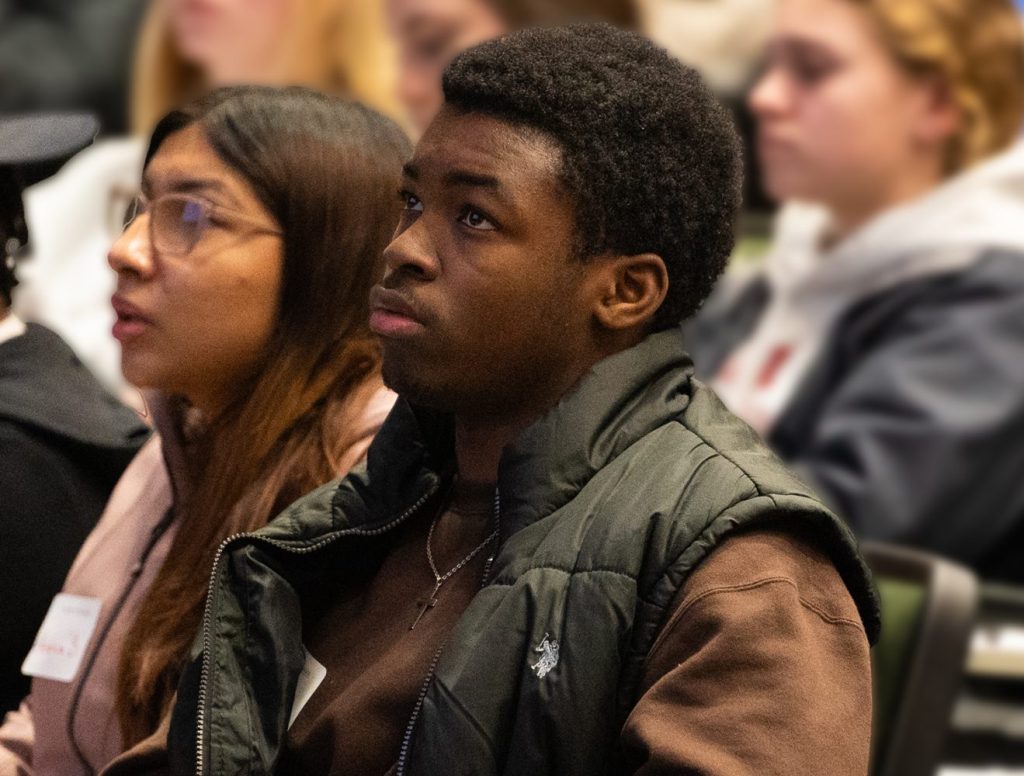
“History isn’t just about facts — at the college level, it’s about understanding how are…
Katie MillerMarch 15, 2024

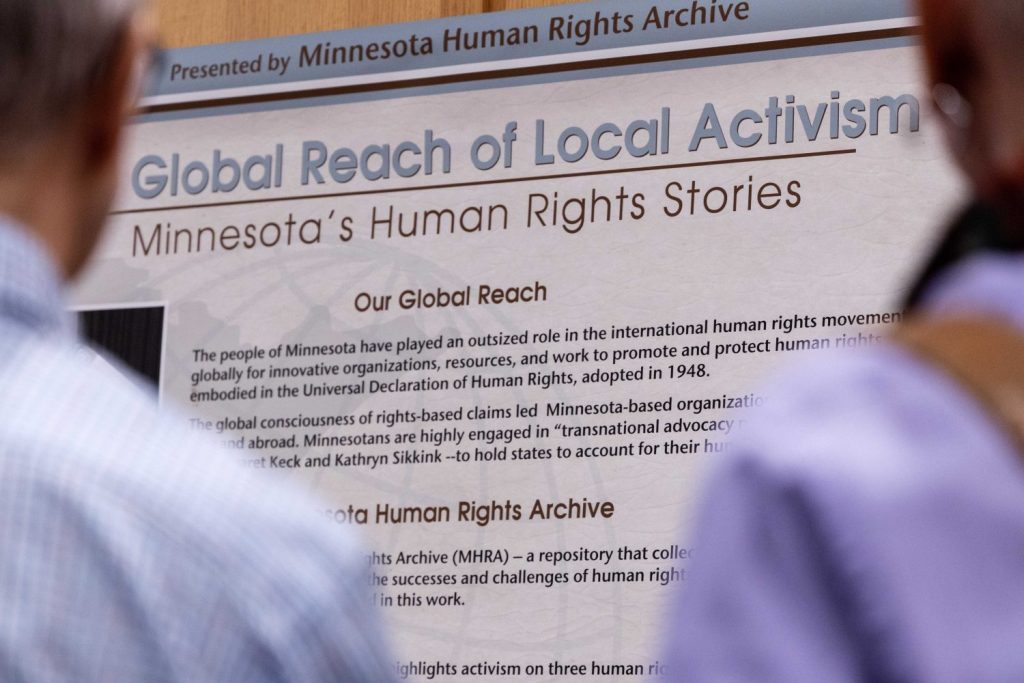
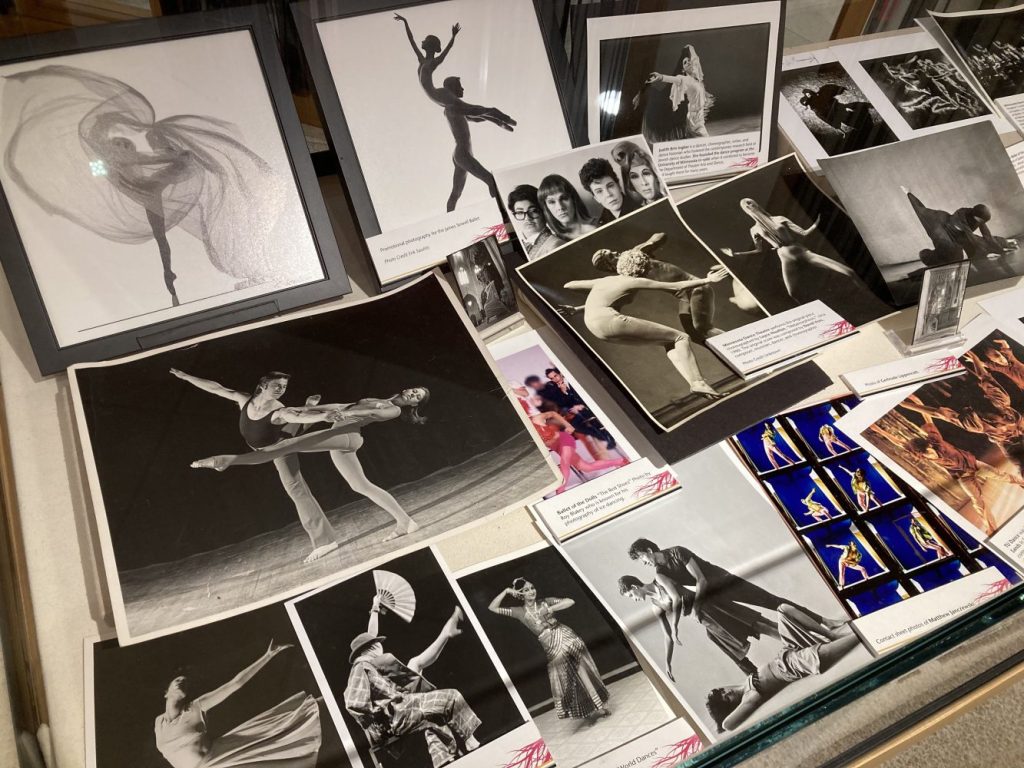
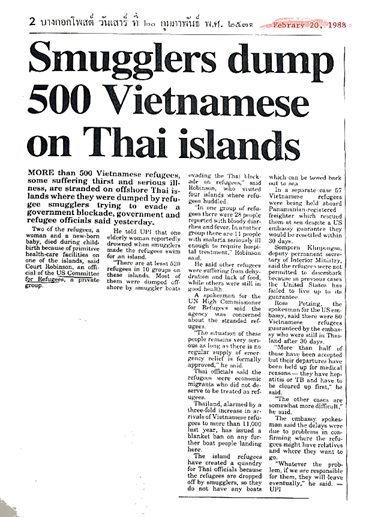

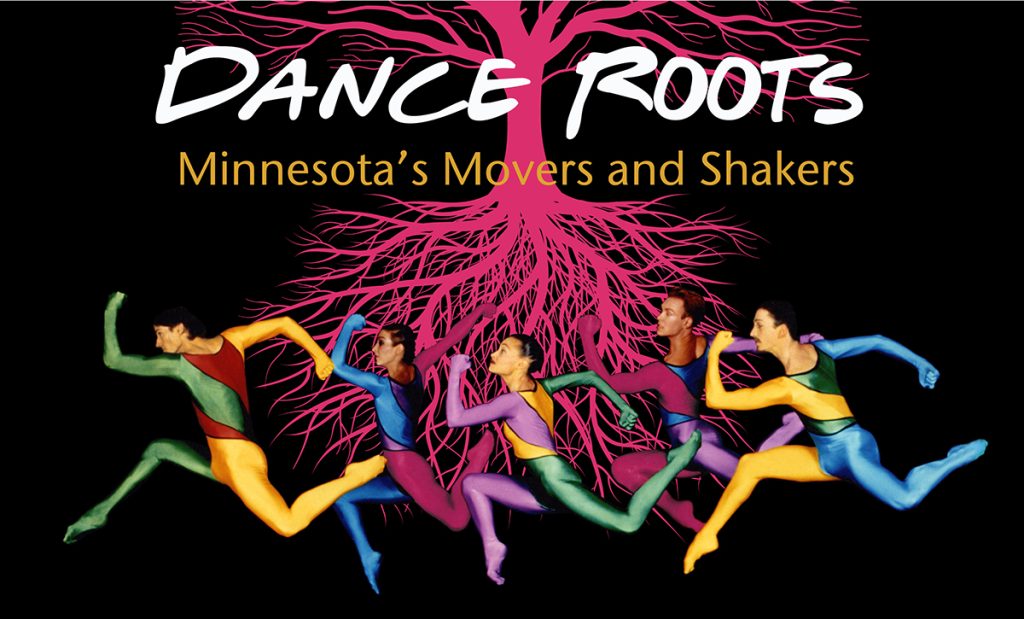
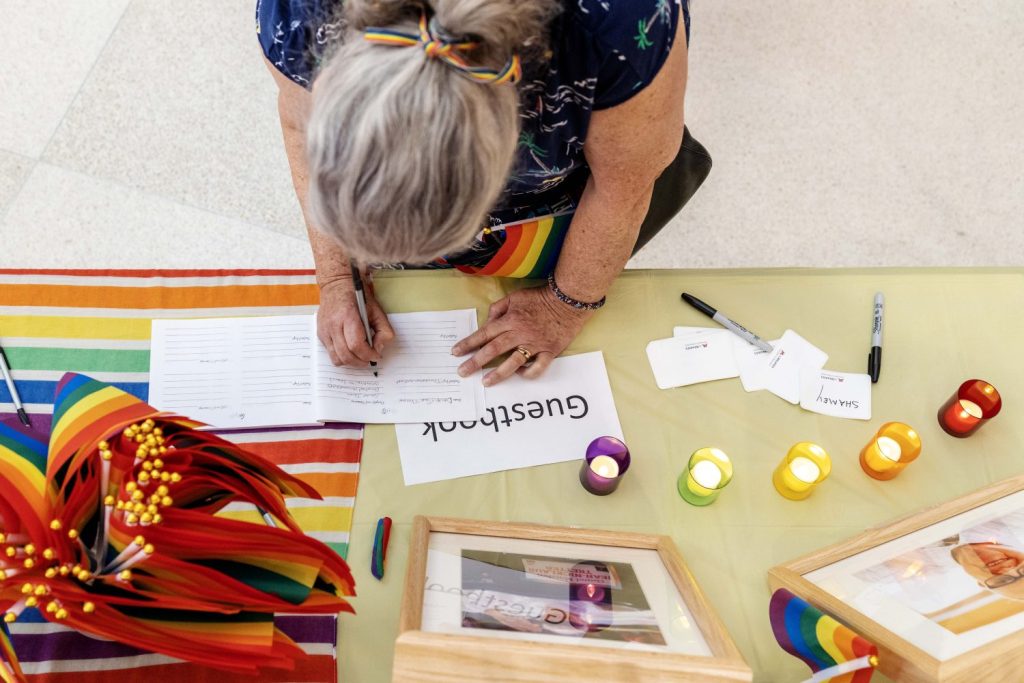
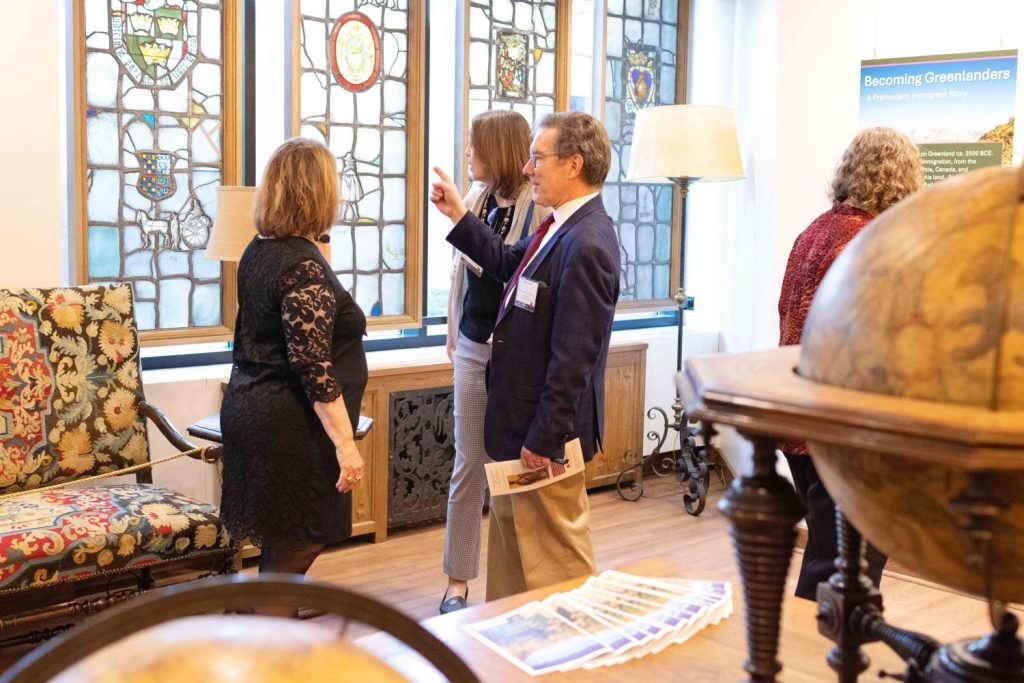
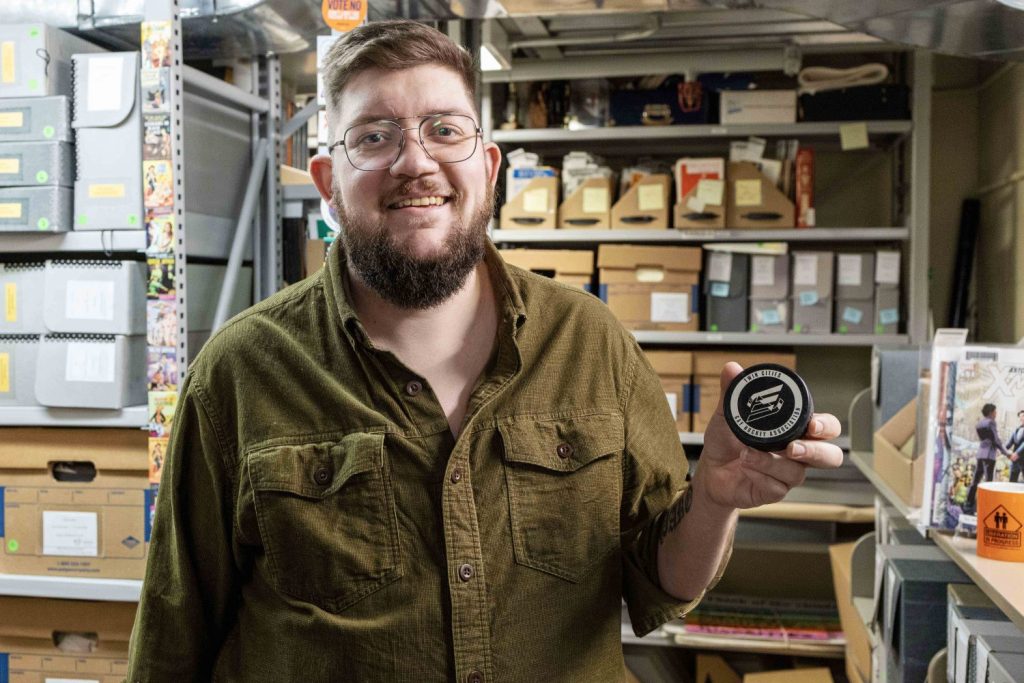
© 2024 Regents of the University of Minnesota. All rights reserved. The University of Minnesota is an equal opportunity educator and employer.
Privacy Statement | Acceptable Use of IT Resources